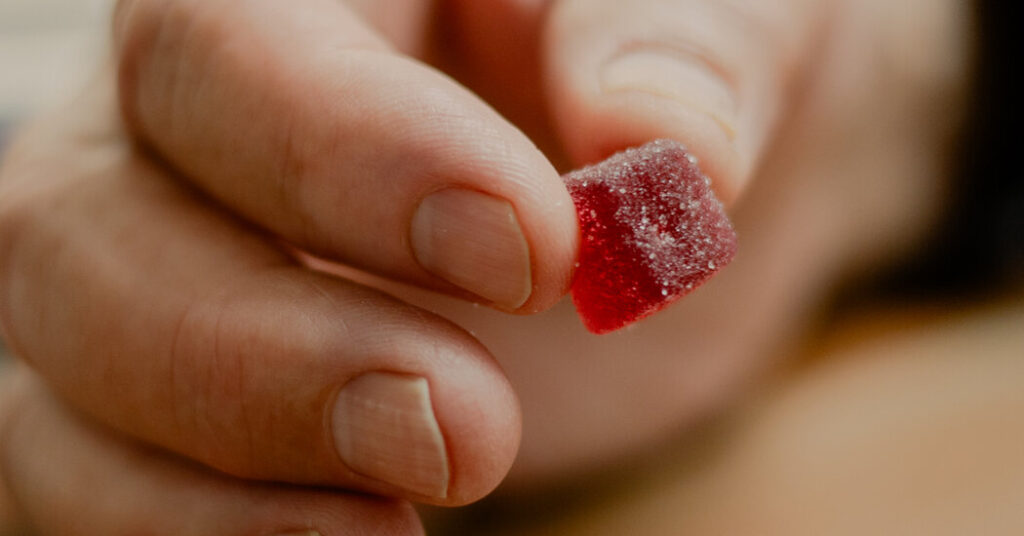Voters in four states will weigh in this week on ballot initiatives that would legalize the recreational or medical use of marijuana.
If Nebraska, North Dakota, South Dakota and Florida pass the measures, they will join over two dozen other states to have legalized the drug in some way, becoming part of a shifting landscape of cannabis use in the United States.
Researchers tracking cannabis say that the picture of who uses the drug — and how — is evolving, and point to a few key trends.
Use appears to be rising among everyone — except teens.
When states first legalized recreational cannabis, starting with Colorado and Washington in 2012, some panicked. “The ‘sky’s going to fall’ scenario was that all of the kids were just going to have access to all of the cannabis and it was going to be a terrible, terrible thing,” said Ryan Vandrey, a professor of psychiatry and behavioral sciences at Johns Hopkins Medicine who studies cannabis.
The largest jumps in use in recent years, though, appear to be among adults.
About 42 percent of adults ages 19 to 30 and 29 percent of those ages 35 to 50 have used cannabis in the past year — a historically high level of use, according to data from a nationwide survey. That shift may be in part because of changing public perceptions about the drug and whether it’s all that harmful, Dr. Vandrey said. (This is despite evidence that many cannabis products are stronger than they used to be; doctors have also raised concerns that some users can become dependent on the drug.)
More on Cannabis
Marijuana Convictions: Gov. Wes Moore of Maryland signed an executive order that forgives more than 175,000 convictions on low-level charges related to marijuana use.
Americans’ Drug of Choice: A new study shows a growing number of people are regularly using cannabis, while frequent alcohol consumption has remained stable.
Risk to Seniors: In Canada, cannabis poisonings rose sharply among people 65 and older after the country legalized the drug, a new study found.
Easing Restrictions: The Biden administration moved to downgrade marijuana from the most restrictive category of drugs, signaling a significant shift in how the federal government views the substance.
Seniors are also increasingly using cannabis. In 2007, less than 1 percent of adults 65 and older had used the drug in the past year. By 2022, that number grew to more than 8 percent. Experts aren’t exactly sure what’s behind that trend, but noted that some cannabis brands have ramped up marketing to older adults.
Use among teens, however, seems to be falling. The percentage of adolescents who say they currently use marijuana dropped from 23 percent in 2011 to just under 16 percent in 2021.
“It just goes to show that teenagers will do exactly the opposite of what you think they’re going to do at all times,” Dr. Vandrey said.
Part of why teenagers have not reported higher rates of marijuana use may be because of stringent age restrictions at dispensaries in states that were early to legalize cannabis, said Traci Toomey, director of the University of Minnesota School of Public Health Cannabis Research Center. “With the legalization, with those controls in place, there wasn’t necessarily easier access for young people,” she said, adding that without such strict policies, teen use might rise.
H/T: www.nytimes.com
You can view the whole article at this link How Cannabis Use is Changing Across the U.S.



